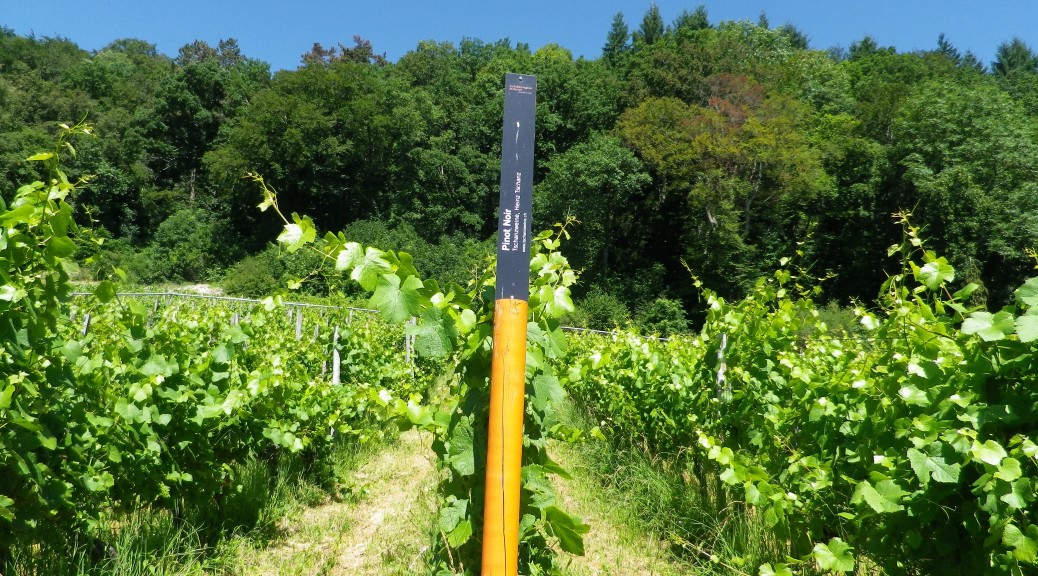What I Learned
Set in central-western Switzerland, with the Alps rising to the east, and the Jura Mountains behind it to the west, this hilly region is surprisingly good when it comes to growing grapes. About 200 hectares of vineyards cover the slopes of the hills in and around Lake Biel. In this bilingual area the name is Lac du Bienne in French.
About 50 different varietals grow in this area. The main varietals today are Pinot Noir, Chardonnay, Sauvignon Blanc, Chasselas, Pinot Gris and Mueller-Thurgau.
Chasselas, known also as Gutedel in Germany, and Fendant in other French-speaking areas, is considered to be more challenging to vinify successfully than most other varietals. Gutedel varietal wine from these shores has a nice minerality and mild acidity.
Chardonnay and Sauvignon, both believed to have arrived here from France, complement the vintners work schedules. The Chardonnay is harvested relatively early, and the Sauvignon Blanc relatively late. Both these white wine varietals, along with Pinot Gris account for most of the other white varieties planted here.
Pinot Noir does well in this area, where the climate is usually neither too rainy, nor subject to extreme temperature swings, within the growing season. It is vinified either as a typical Pinot Noir, or white as a Blanc de Noir, or as an “Oeil de Perdrix” (Partridge Eye). This Partridge Eye wine comes from Pinot Noir grapes, which have been vinified into a dry rose wine. The name of Oeil de Perdrix wine is now unique to Switzerland. (The color of the wine is allegedly the same as the color of the eyes of a dying partridge.)
The soils on the slopes just above the lake are primarily sedimentary, dating as far back as about 200 million years ago, when an ancient sea covered the area. The resulting calcareous soils ultimately have an impact on the taste of the wine.
The Appellation d’Origine Controlee (AOC) Lac du Bienne has rules to govern the viticulture and viniculture of this area. Yields overall are among the lowest in Switzerland, at 56,7 hectoliters per hectare, which helps sustain a higher quality level overall.
(This wine growing region, known in German as Weinbauregion Bielersee, also includes a smaller area of vineyards around Lake Thun, also in the Canton of Bern.)
What I Tasted
2015 Chasselas, Appellation d’Origine Controlee Lac de Bienne Stephan Pulfer: A dry white wine with medium-light gold color; slightly fruity and mineral nose; peach mineral and smoky flavors; mild acidity, with a full mouthfeel; very smooth overall.
2015 Pinot Noir, Oeil de Perdrix, AOC Lac de Bienne, Cave de Poudeille (Rolf Clenin, La Neuveville): A dry rose wine with dark salmon color; Raspberry nose, with sweet raspberry and mineral flavors; very, very mild tannins, smooth overall.
2014 Pinot Noir, Appellation d’Origine Controlee, Auberson et Fils, Vignerons (La Neuveville) A dry red wine with medium-light ruby color; Fruity nose, and cherry, oak, and stewed prune flavors, medium-low tannins.
